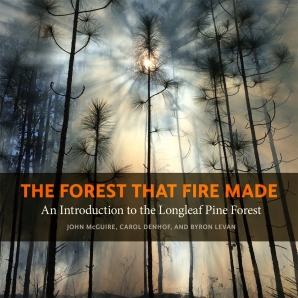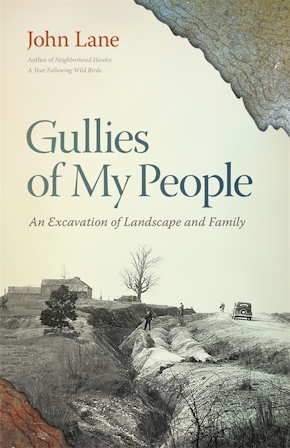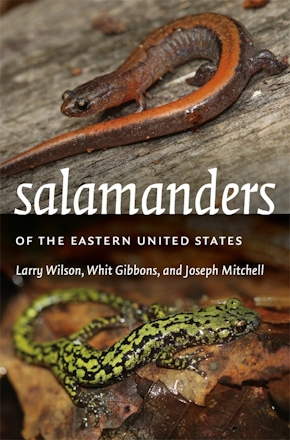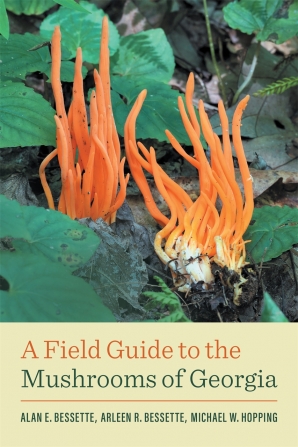The Forest That Fire Made
An Introduction to the Longleaf Pine Forest
Title Details
Pages: 360
Illustrations: 300 color images
Trim size: 8.000in x 8.000in
Formats
Paperback
Pub Date: 04/15/2023
ISBN: 9-780-8203-6359-2
List Price: $34.95
Imprint
Wormsloe Foundation Nature BooksSubsidies and Partnerships
Published with the generous support of Wormsloe Foundation Nature Books
Related Subjects
NATURE / Ecosystems & Habitats / General
NATURE / Environmental Conservation & Protection
The Forest That Fire Made
An Introduction to the Longleaf Pine Forest
An illustrated guide to longleaf pine forests, their history, and conservation
Skip to
- Description
- Reviews
Longleaf pine forests are an iconic forest of the southeastern United States. Although these forests were often called “pine barrens” by early explorers and colonists, they were far from barren. Frequent and low-intensity surface fires are fueled by the unique plant diversity of the forest itself and serve as the catalyst that perpetuates the ecosystem on which many rare species depend. With this guide, authors John McGuire, Carol Denhof, and Byron Levan reveal the forest’s unique characteristics by shining a light on its inhabitants, the ecological processes that are necessary for their survival, and how we as humans play a role in shaping this ecosystem.
Covering a wide range of topics, such as the anatomy of the longleaf tree, its history (and revival), and the surrounding fauna and flora, the authors provide the general reader with a thorough understanding of a forest that used to stretch as far as the eye could see. They claim that although the remnants of this once-great longleaf pine forest exist, they are often just a reminder of its former majesty, only recognizable to the informed observer. The Forest That Fire Made is dedicated to introducing the next generation of outdoor enthusiasts to many of the unique animals and plants that their ancestors would have known.
This guide includes three hundred color images of the flora and fauna that make longleaf pine forests their habitat and more than forty detailed drawings that document the most common species of animals, plants, and insects found there. It also describes more than forty longleaf pine forests to visit in nine southern states: Alabama, Florida, Georgia, Louisiana, Mississippi, North Carolina, South Carolina, Texas, and Virginia. In these preserved areas (many of which are publicly accessible), one can still experience the majesty of these once-dominant ecological communities.
—Rhett Johnson, cofounder and past president of the Longleaf Alliance and retired director of the Solon Dixon Forestry Education Center
—Frederick Rowe Davis, author of Banned: A History of Pesticides and the Science of Toxicology
—Stephen Pyne, author of Between Two Fires: A Fire History of Contemporary America
—R. Scot Duncan, executive director of Alabama Audodon, author of Southern Wonder: Alabama’s Surprising Biodiversity
—Reed F. Noss, author of Forgotten Grasslands of the South and Fire Ecology of Florida and the Southeastern Coastal Plain



